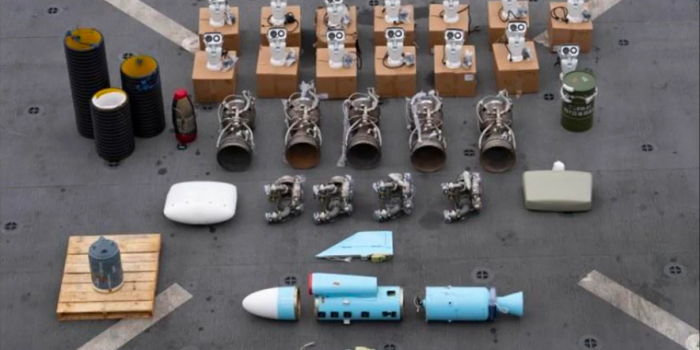A research team in China has devised a blueprint for using affordable artificial intelligence (AI) chips to enhance the performance of hypersonic weapons.
Integrating the Nvidia Jetson TX2i module into an air-breathing hypersonic aircraft marks a paradigm shift in hypersonic technology. Tests have demonstrated the module’s remarkable prowess in processing computational fluid dynamics models with unparalleled efficiency, completing calculations in a mere 25 milliseconds—four times faster than the blink of an eye. This holds immense potential for real-time optimization in scramjet engines, fuel supply system management, and fault diagnosis, as highlighted by the joint project team from Beijing Power Machinery Research Institute and Dalian University of Technology.

While the Nvidia Jetson TX2i module may not rival the computational power of high-end AI chips like the H100, its affordability and accessibility render it an attractive option for industrial applications. Unlike its costly counterparts, the TX2i module offers a cost-effective solution, unencumbered by US export controls and readily available in the market. The module’s deployment in hypersonic vehicles enhances their range and also drives down research and development costs.
The research team’s approach has garnered attention for its meticulous integration of CPU plus GPU architecture, enabling seamless collaboration between different chip types to tackle sequential parallel computing challenges effectively. The step-by-step guide outlined in their peer-reviewed paper elucidates detailed methodologies, encompassing formulas, engineering challenges, and international standards adherence, ensuring universality and practicality.
Despite the strides made in AI chip integration, challenges remain in refining hypersonic weapon platforms comprehensively. While the TX2i module offers promising capabilities, further advancements are imperative in inlet modeling, shock wave correction, and data modeling, necessitating extensive wind tunnel testing and flight trials.

Moreover, selecting the Nvidia chip for the experiment raises questions regarding its strategic implications and compatibility with alternative chip technologies.
The proliferation of hypersonic weapon technology poses complex geopolitical implications, challenging the existing global military order dominated by naval power. As nations worldwide embark on hypersonic weapon research and development endeavors, concerns over strategic balance and defense vulnerabilities escalate.


